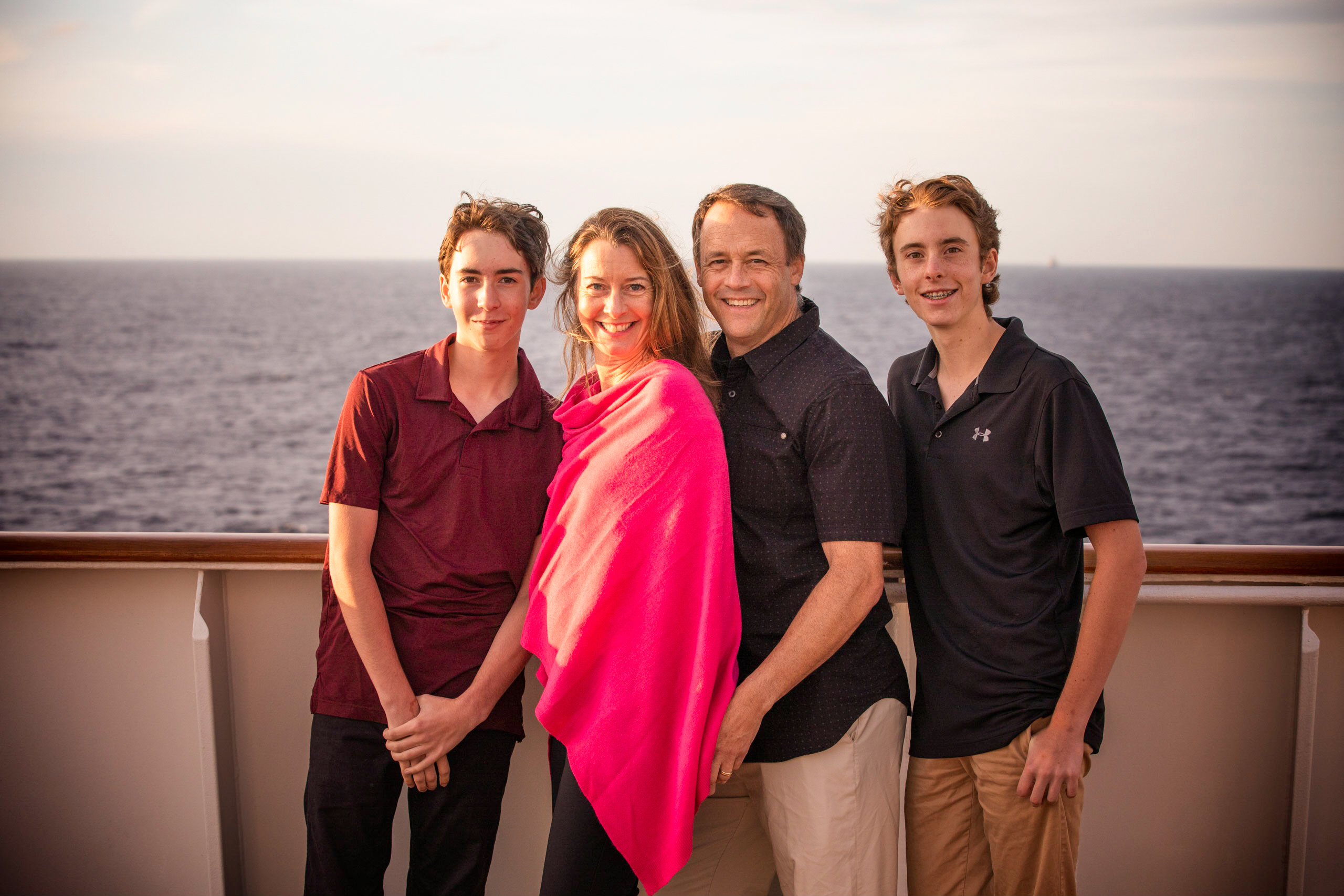 We pampered ourselves with a day aboard the Orient Express train from Cusco to Lake Titicaca. We were entertained non-stop with fashion shows, Pisco Sour cocktail making lessons (Peru’s national drink), and elegant meals as we spent 10 hours passing through small towns scattered throughout the beautiful countryside. We continued spoiling ourselves with a night at a comfortable hotel overlooking Lake Titicaca.
We pampered ourselves with a day aboard the Orient Express train from Cusco to Lake Titicaca. We were entertained non-stop with fashion shows, Pisco Sour cocktail making lessons (Peru’s national drink), and elegant meals as we spent 10 hours passing through small towns scattered throughout the beautiful countryside. We continued spoiling ourselves with a night at a comfortable hotel overlooking Lake Titicaca.  After a day of indulgence, we decided we needed to get outside our comfort zone so we ventured from Puno to a small community on the lake. The adventurous 3-hour drive took us back in time 100 years. Scattered sporadically along the road were mud brick homes with grass roofs. Pigs, sheep, donkeys and cows were tethered outside the mud homes or in a random pasture while a herder sat watching them.
After a day of indulgence, we decided we needed to get outside our comfort zone so we ventured from Puno to a small community on the lake. The adventurous 3-hour drive took us back in time 100 years. Scattered sporadically along the road were mud brick homes with grass roofs. Pigs, sheep, donkeys and cows were tethered outside the mud homes or in a random pasture while a herder sat watching them.
The locals were dressed in vibrant wool clothing. The women wore long skirts and triangular hats with two oversized pom-poms on top. Most men and children wore llama-wool hats and many layers of clothing. The locals seemed to live a simple life of farming, caring for their livestock and raising trout.
 We stayed in our host family’s mud brick guest rooms and ate our meals in their communal dining room. The two children who lived there befriended Luke and Ryan and took them on adventures around the village. They played soccer with a deflated ball, dug rocks up on the beach and challenged each other to a board game.
We stayed in our host family’s mud brick guest rooms and ate our meals in their communal dining room. The two children who lived there befriended Luke and Ryan and took them on adventures around the village. They played soccer with a deflated ball, dug rocks up on the beach and challenged each other to a board game. We also visited the floating islands on the lake. The people there harvest peat moss (which floats), lash it together and put reeds on top to make a floating island. Six families lived in squalid conditions on the 30m x 30m island we visited.
We also visited the floating islands on the lake. The people there harvest peat moss (which floats), lash it together and put reeds on top to make a floating island. Six families lived in squalid conditions on the 30m x 30m island we visited. 






